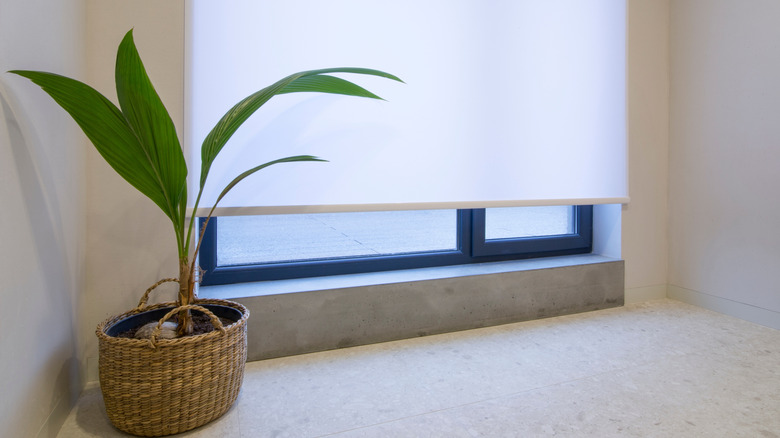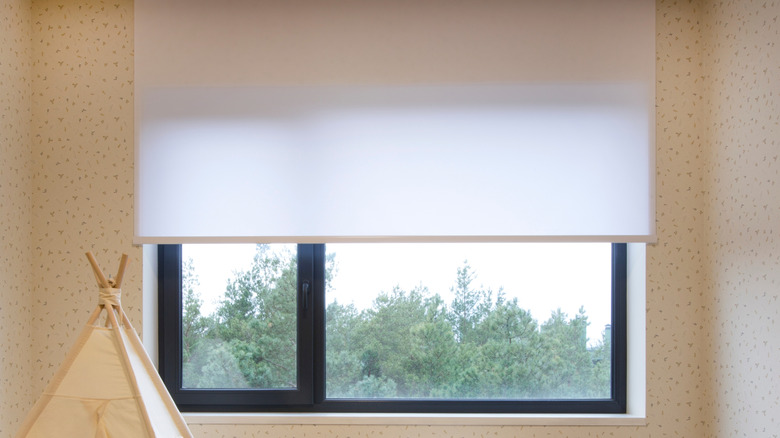The Absolute Best Places To Add Cordless Shades In Your Home
Cordless shades are a sleek, practical upgrade that gives you more control over privacy and light in any room, not to mention the aesthetic benefits. Whether you're trying to block out early morning sun, keep nosy neighbors from peeking in, or simply elevate your home's style, cordless shades can do the job beautifully. However, there are certain rooms where they shine better than in others — think bedrooms, sun-soaked living rooms, or children's rooms, where the unique features bring extra value.
Cordless shades stand out for their smart, streamlined design that lets you raise or bring them down with just a gentle pull on the bottom. With no dangling cords, they're not only safer for children and pets, but they also help you avoid the tangled mess that often comes with traditional blinds. You don't have to worry about cords catching on furniture or clashing with your room's decor; instead, you get a tidy, minimalist look that's both practical and polished.
Where cordless shades work best (& where they don't)
In bedrooms, cordless shades are perfect for achieving that blackout effect for better sleep with minimal hassle — pulling them down each evening and then up again in the morning becomes a lot easier when you don't have to bother with inconvenient cords. Meanwhile, modern living rooms benefit from the clutter-free look, and you can control glare when watching TV or entertaining guests without cords getting in the way. In kids' rooms, the safety aspect is a major win, and the simple operation means even little hands can manage them.
However, cordless shades aren't ideal for every space. If you put them in the wrong room, you might experience some of the downsides of using this trendy window treatment. For one, they're typically made from materials that don't hold up well in humid areas like kitchens and bathrooms, where moisture can warp the shades and make them less effective. Plus, while their clean lines suit modern interiors, they might feel too plain in formal dining rooms or spaces with ornate, traditional styling. In these kinds of rooms, you're probably better off with a more classic blind style.

